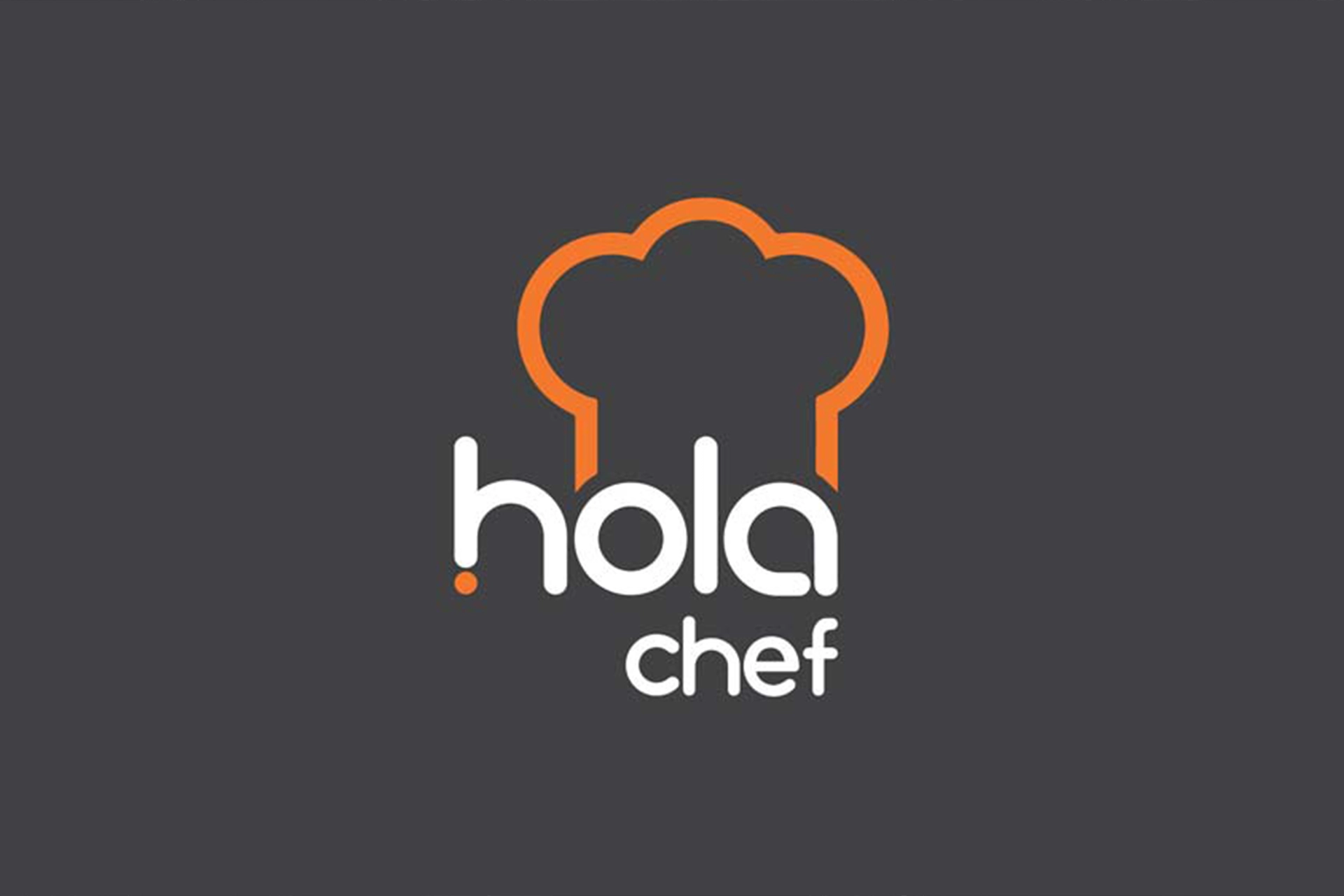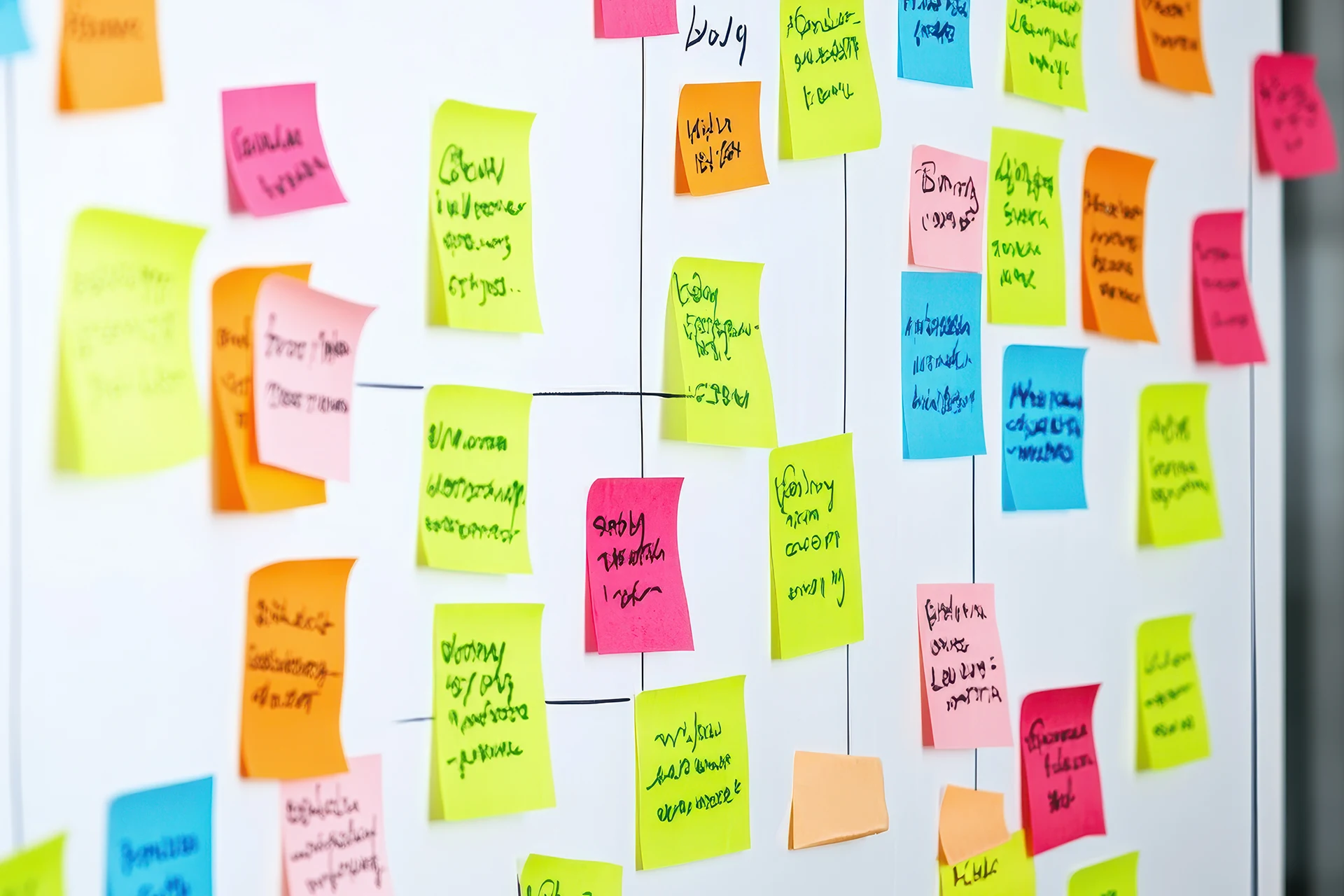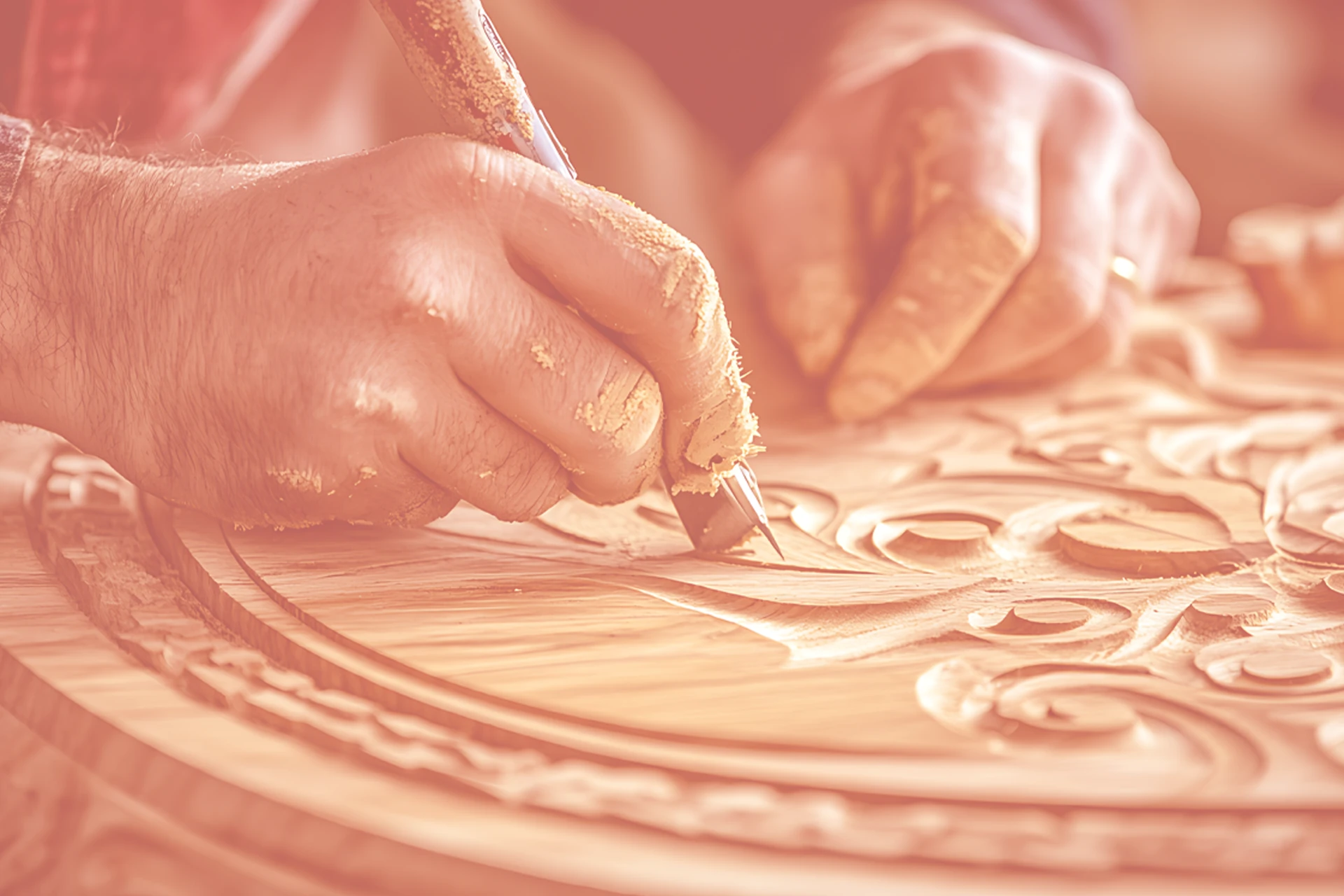DSGNJAVA
From Idea Spark to Scalable Impact:
Designing a Perfect Start-Up - Part 2
May 12, 2025
Design as an Effective Tool: Shaping Ideas in the Startup Phase
The sheer experience of a ‘eureka’ moment brings pure joy and exhilaration. Our everyday experiences present plenty of problems, but ‘eureka’ moments happen only if those problems are genuinely pursued for solutions.
"Take up one idea. Make that one idea your life— think of it, dream of it, live on that idea. Let the brain, muscles, nerves, every part of your body, be full of that idea, and just leave every other idea alone. This is the way to success."
- Swami Vivekananda

An idea that solves a problem in the best possible way has a greater impact and valuation. Thus, a higher success ratio. It is important to go beyond the initial exhilaration and stay with the idea for a thorough evaluation. Most often, the seemingly huge potential clouds the mind and immediately provokes the thought of implementation. It’s way too early to think through the implementation challenges; it is neither sufficient nor does it guarantee long-term success. Design thinking plays a vital role in meticulously developing an idea into a final product or service, influencing every aspect of the startup. Let’s explore how it shapes and strengthens a startup at every stage.
From Idea to Identity: Building Stories People Believe In
Don’t just build a product or service—build a story. One that resonates beyond the founders, gets others excited to be part of it, and makes them proud to support it. Real innovation stands out—and attracts early believers.
Case Study: Holachef – A Bold Vision in Food-Tech
In 2014, Holachef, a pioneering Indian food-tech startup, introduced a standout concept—empowering home chefs to showcase their culinary skills at scale. Unlike typical tiffin or lunch delivery services, Holachef offered a chef-curated menu that combined the comfort of homemade food with the ease of on-demand delivery. Their story—rooted in celebrating home talent—struck a chord with both chefs and customers, and shaped the brand’s identity.
Despite strong competition, Holachef scaled from a 10 km radius to full operations in Mumbai and Pune. With solid investor backing, they were gearing up to enter more Indian cities. Though it shut down in 2018 and was acquired by Foodpanda (under Ola), Holachef remains a strong example of how a clear brand story drives early traction.

What differentiates your idea?
There could be a strong product differentiation or a series of small ones. If it is only one differentiator, evaluate the entry barriers for others to enter the space. If the entry barrier is high – like a patented technology, the chances of succeeding are higher, and the idea is worthy of pursuit. At this stage, if the differentiators aren’t powerful, combined with a low entry barrier, the idea may not be worthy of pursuit.

Viability is an important metric to critically measure an idea. With objectivity at the forefront, evaluate viability by considering factors like available technology versus development of new technology, the closest alternatives, the degree of difficulty to develop, funding, Time to Market etc. These should bring about key insights at a broader level. Factors for viability: EASY, ARMS LENGTH, DIFFICULT, TOUGH AND LUCKY.
Easy – Based on available resources like personal capability, funds, tools etc.
Arms Length – These are easily accessible.
Difficult – Based on resources that can be made available by spending available resources like
time, money, etc.
Tough – Based on resources that are rare or will take a lot of time or money to develop.
Lucky – Factors that are not in your control, near impossible and only luck can make it happen.

Questions That Build Unicorns: From Curiosity to Clarity with Design Thinking
What makes you so sure this idea will work? An unbiased analysis, driven by continuous questioning, can clarify assumptions, identify potential pitfalls, and build a robust roadmap—instilling greater confidence in the idea's viability.
"A person who asks questions is a fool for some time.
A person who never asks questions remains a fool forever."
- Chinese Proverb
Design thinking helps identify potential hazards and pitfalls early, allowing time to develop solutions and avoid costly missteps. Many startups fail by overlooking or not anticipating such pitfalls. As users evolve rapidly, integrating design thinking into strategy is essential to stay aligned with their expectations.
Focus your questions on finding solutions—no question is too trivial; only the answers determine their value. Thoughtful questioning clarifies objectives, guides solutions, and shapes functional roadmaps. Some answers come easily, while others unfold along the entrepreneurial journey.
Ask: What are you solving? Does the solution address the primary problem? What are the user expectations and likely interactions? Does the solution offer the best user experience? How does the design solution handle scalability? With each question and others like it, the roadmap becomes clearer. Honest and unbiased answers help crystallize the objectives.
These are challenging questions. Companies like Google, Uber, and Airbnb have raised the bar in user experience through design thinking, uncovering opportunities to create products that delight and empower users. Established businesses must reassess their offerings and realign with users to reclaim market share—a significant challenge compared to nimble-footed startups. However, this challenge offers an opportunity to reimagine the business and evolve into an innovative enterprise.

Case Study: Virgin America's User-Centric Journey
Virgin America became a beloved brand due to the rave reviews of its customers. The airline focused on building emotional connections through design and service, identifying an unparalleled user experience as the key differentiator in the crowded aviation sector. They began by asking critical questions like, "What bothers travelers the most?" and solved those pain points in innovative ways. From piped music at check-in to LED lighting on aircraft, in- seat ordering systems, and website design, every detail was crafted to create a unique, memorable experience.
In 2016, Virgin America was acquired by Alaska Airlines, and its brand was retired in 2018. Although no longer operational, Virgin America's user-centric approach still serves as an industry model.
Beyond meeting user expectations, companies must consider experiential competitors who provide transformative experiences. Users quickly shift loyalty in search of innovation. Trends like transparency, real-time information, and AI-driven personalization continue to shape successful products, offering more tailored experiences for users.

Conclusion :
Design thinking enables businesses and startups to turn ideas into impactful products or services by providing insights into user experiences, decision journeys, and market dynamics. By integrating data from analytics, it creates meaningful experiences, helping businesses prioritize efforts and set benchmarks for success.




